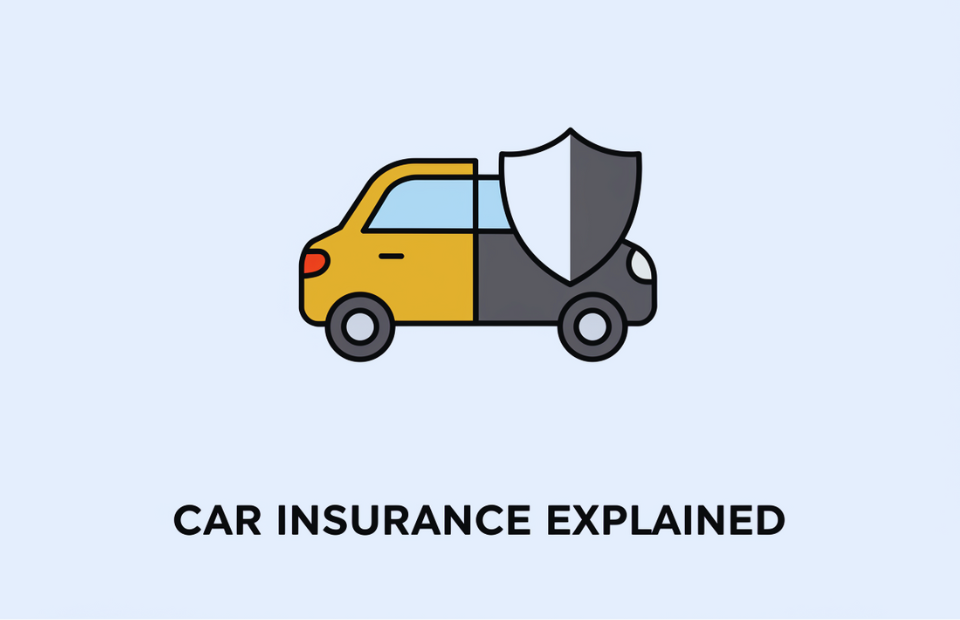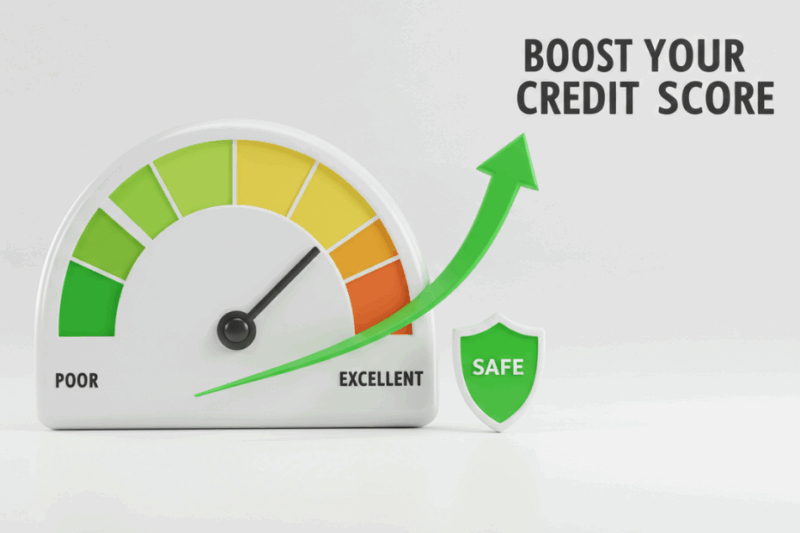Car insurance is one of those necessities of modern life that can feel both confusing and overwhelming. With so many coverage options, legal requirements, and add-ons, it can be challenging to determine what you really need and what you can skip. Understanding the basics of car insurance is crucial not only for your financial well-being but also for ensuring you’re adequately protected on the road. In this article, we’ll break down the essentials of car insurance, helping you figure out what’s necessary and what might just be an extra expense.

Why Do You Need Car Insurance?
Car insurance is designed to protect you financially in the event of an accident, theft, or other unforeseen incidents involving your vehicle. Most states in the U.S. and many countries around the world require drivers to carry at least a minimum level of liability insurance. This ensures that if you’re at fault in an accident, you can cover the costs of damages or injuries to other people.
Beyond legal requirements, car insurance provides peace of mind. Accidents can be costly, and without insurance, you could be left paying out of pocket for repairs, medical bills, or even lawsuits. Having the right coverage ensures that you’re not left financially devastated by an unexpected event.
The Basics: Types of Car Insurance Coverage
To understand what you need and what you don’t, it’s important to know the different types of coverage available. Here are the main categories:
- Liability Insurance
This is the most basic type of coverage and is required by law in most places. It covers:
- Bodily Injury Liability: Pays for medical expenses, lost wages, and legal fees if you’re responsible for injuring someone in an accident.
- Property Damage Liability: Covers the cost of repairing or replacing another person’s property (e.g., their car) if you’re at fault. Do you need it? Absolutely. Liability insurance is mandatory in most jurisdictions and protects you from significant financial risk.
- Collision Coverage
This covers damage to your own vehicle resulting from a collision with another car or object, regardless of who is at fault. Do you need it? If your car is newer or has significant value, collision coverage is worth considering. However, if your car is older and its value is low, the cost of collision coverage might outweigh the benefit. - Comprehensive Coverage
Comprehensive insurance covers non-collision-related incidents such as theft, vandalism, natural disasters, or hitting an animal. Do you need it? Like collision coverage, comprehensive insurance is more useful for newer or more expensive vehicles. If your car’s value is minimal, this may not be necessary. - Uninsured/Underinsured Motorist Coverage (UM/UIM)
This protects you if you’re involved in an accident with a driver who has no insurance or insufficient coverage to pay for damages. Do you need it? In areas with a high number of uninsured drivers, this coverage can be invaluable. Even if it’s not legally required in your state, it’s highly recommended. - Personal Injury Protection (PIP) or Medical Payments (MedPay)
These cover medical expenses for you and your passengers after an accident, regardless of who is at fault. PIP may also cover lost wages and other related expenses. Do you need it? If your health insurance provides adequate coverage for injuries from accidents, you may not need this add-on. However, in states where PIP is mandatory (no-fault states), it’s non-negotiable. - Gap Insurance
Gap insurance pays the difference between what you owe on your car loan or lease and the car’s actual cash value if your vehicle is totaled. Do you need it? If you’re leasing or financing a car and owe more than its current market value, gap insurance can save you from financial strain. - Roadside Assistance
This add-on provides services like towing, fuel delivery, or jump-starts if your car breaks down. Do you need it? If you already have roadside assistance through a membership program (e.g., AAA) or your vehicle manufacturer, this might be redundant. - Rental Reimbursement Coverage
This pays for a rental car while your vehicle is being repaired after an accident. Do you need it? If you rely heavily on your car and don’t have alternative transportation options, this coverage can be helpful.
How to Determine What You Need
When deciding what type of car insurance coverage to purchase, consider these factors:
- State Requirements
Start by understanding the minimum liability coverage required in your state. Failing to meet these requirements could result in fines, license suspension, or worse. - Your Vehicle’s Value
If your car is older and has a low resale value, paying for collision or comprehensive coverage might not make financial sense. On the other hand, if you drive a new or expensive vehicle, these coverages can protect your investment. - Your Budget
While it’s important to have adequate coverage, it’s also essential to stay within your budget. Compare quotes from multiple insurers to find the best balance between cost and coverage. - Your Driving Habits
If you drive frequently or live in an area with high traffic or crime rates, additional coverage like comprehensive or uninsured motorist insurance may be worth considering. - Your Risk Tolerance
Think about how much risk you’re willing to take on personally. If you’re comfortable covering smaller repair costs out of pocket, you might opt for higher deductibles to lower your premiums.
What You Don’t Need
While some types of coverage are essential, others may not be necessary depending on your circumstances:
- If you drive an older car with little market value, collision and comprehensive coverage may not be worth the cost.
- If you have robust health insurance that covers accident-related injuries, additional medical coverage like PIP might not be needed.
- Add-ons like roadside assistance or rental reimbursement may duplicate benefits you already have through other programs or memberships.
Tips for Saving on Car Insurance
Car insurance doesn’t have to break the bank. Here are some tips to save money while still getting the coverage you need:
- Shop Around
Compare quotes from multiple insurers to find the best deal for your specific situation. - Bundle Policies
Many insurers offer discounts if you bundle car insurance with other policies like homeowners or renters insurance. - Increase Your Deductible
Opting for a higher deductible can lower your premium—but make sure you can afford to pay the deductible if needed. - Take Advantage of Discounts
Ask about discounts for safe driving, being a student with good grades, or installing safety features in your car. - Drive Safely
Maintaining a clean driving record over time can lead to lower premiums. - Review Your Policy Annually
Your needs may change over time. Regularly reviewing your policy ensures that you’re not paying for unnecessary coverage.
The Bottom Line
Car insurance is a necessary expense for most drivers, but that doesn’t mean you have to pay for coverage you don’t need. By understanding the types of insurance available and evaluating your personal circumstances, you can build a policy that provides adequate protection without breaking the bank. Always remember to review your options periodically and adjust your coverage as your needs change. With the right approach, navigating car insurance doesn’t have to be complicated—it can simply be smart planning for life on the road.


